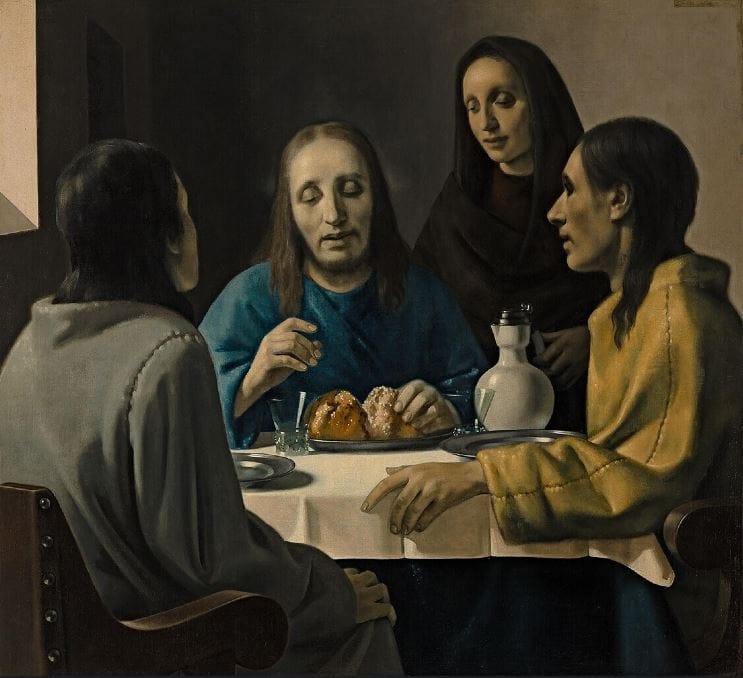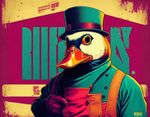Exploring Originality and Copyright in the Age of Machine Creativity

As artificial intelligence (AI) continues to permeate diverse fields, its transformative impact on the art world is undeniable. From crafting striking visual compositions to curating art exhibits, AI's capabilities have sparked a compelling dialogue about the nature of originality, creativity, and the shifting dynamics of replicated art. Interestingly, this discussion shares profound similarities with the debates surrounding art forgery.
Art forgery, the practice of crafting imitations of famous works with the intent to deceive, and AI art both rest on the ability to replicate or reproduce existing styles and pieces. Whilst forgery requires a profound understanding of the original artist's techniques and material use, AI art hinges on complex algorithms, trained to mimic patterns, styles, and themes from a vast database of artistic works.
Both forms question the traditional understanding of originality. The master forger, through their meticulous reproductions, casts a shadow on the sanctity of the 'original' piece. Similarly, when an AI model, trained on thousands of art pieces, generates a novel composition, it begs the question: who owns the originality? The AI, the programmer, or the artists whose works were part of the training data?
Furthermore, both art forgery and AI-generated art illuminate the complexity of copyright laws. Traditional copyright laws hinge on the assumption that art is a product of human creativity. However, as non-human entities – from monkeys taking selfies to AI models producing art – challenge this notion, it exposes the inadequacy of our existing legal frameworks.
Yet, whilst there are striking parallels, AI art offers a distinct narrative. Unlike forgery, which operates on deception and infringes upon the rights of original artists, AI art is transparent about its nature. AI art does not claim to be something it is not. It acknowledges its reliance on algorithms and data, marking a clear departure from the deliberate deception of forgery.
Furthermore, there is a growing perspective that views AI art not as imitation, but as a form of collaboration between human and machine. In this light, the programmer becomes the artist, using the AI as a tool for their creativity. The art generated is a symbiotic blend of human and artificial intelligence, leading to innovative works that push the boundaries of traditional art.
In the rapidly evolving landscape of AI-generated art, the lines between originality, replication, and creativity are becoming increasingly blurred. As we stand on the brink of this new epoch, the questions and debates stirred by the spectre of art forgery serve as an insightful compass, guiding our understanding of the complex dynamics of replicated art in the age of AI. As we navigate these shifting paradigms, we continue to redefine what it means to create, appreciate, and experience art.

Comments ()